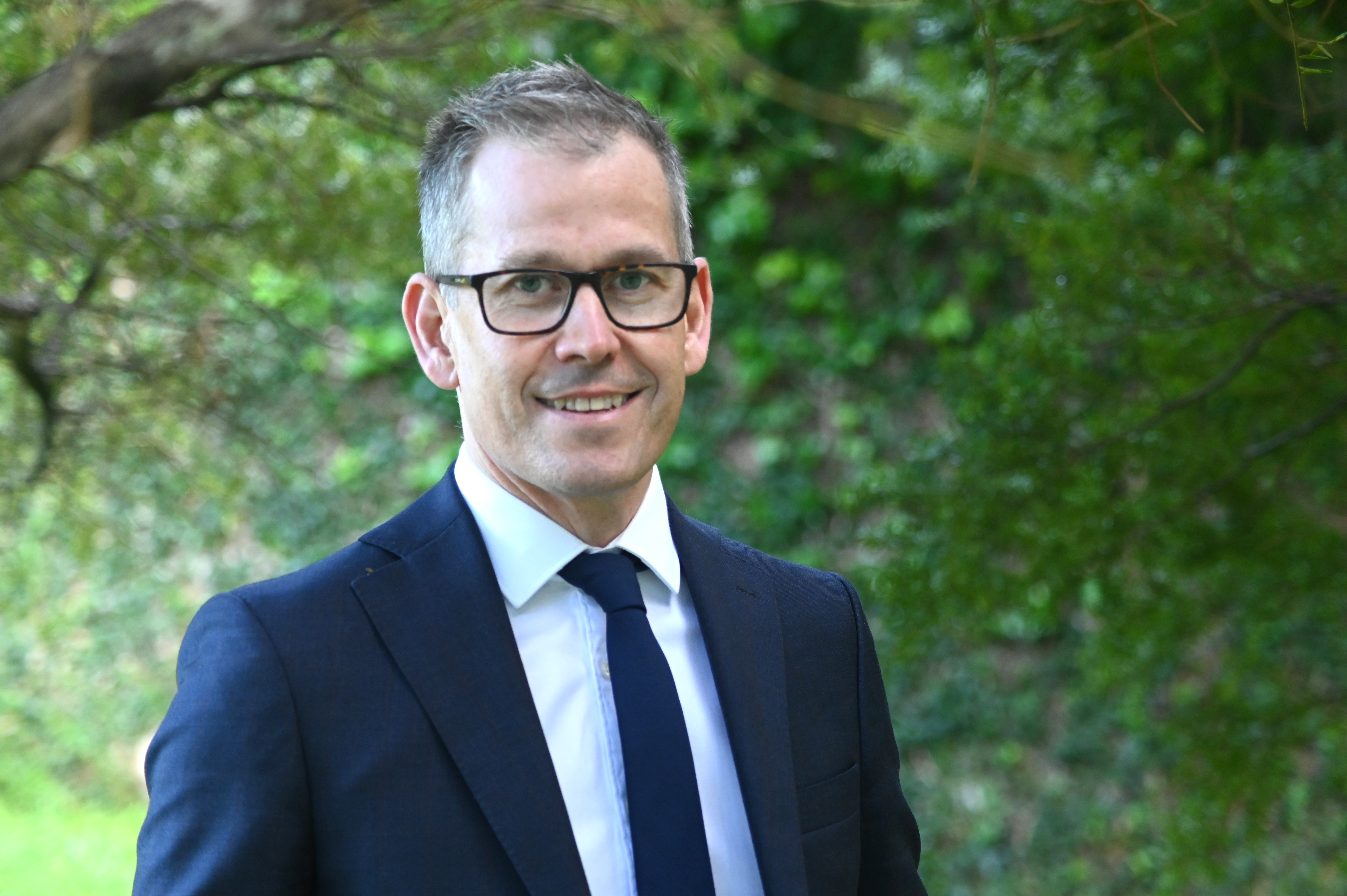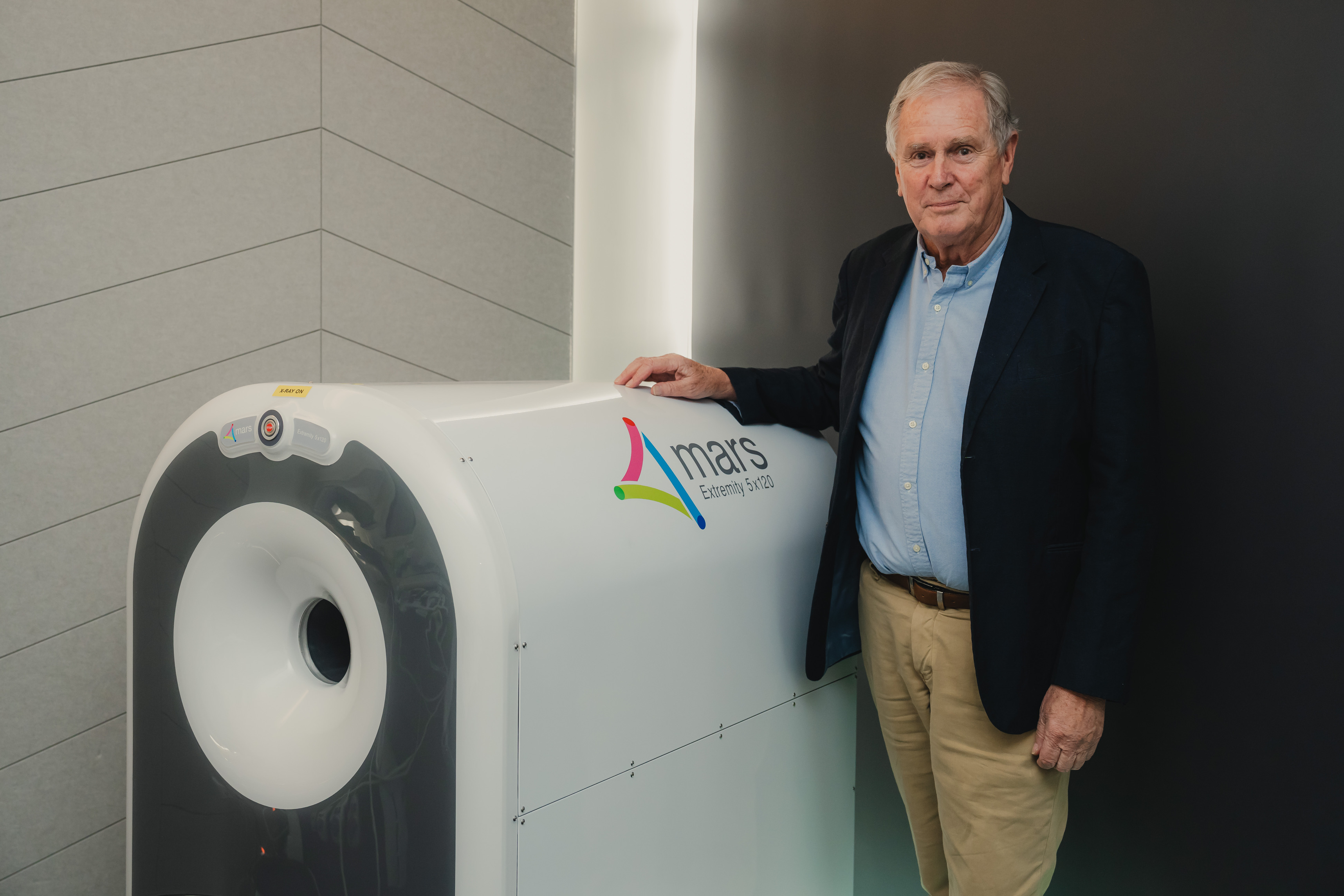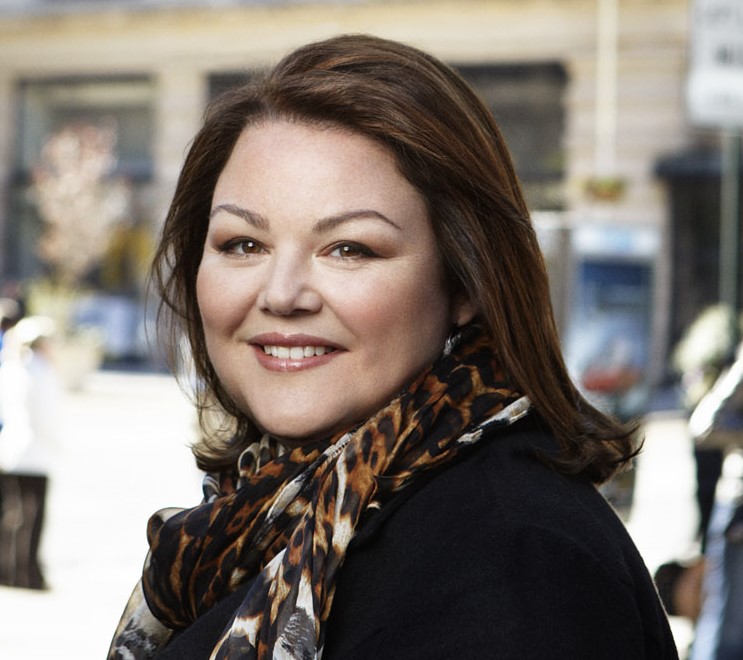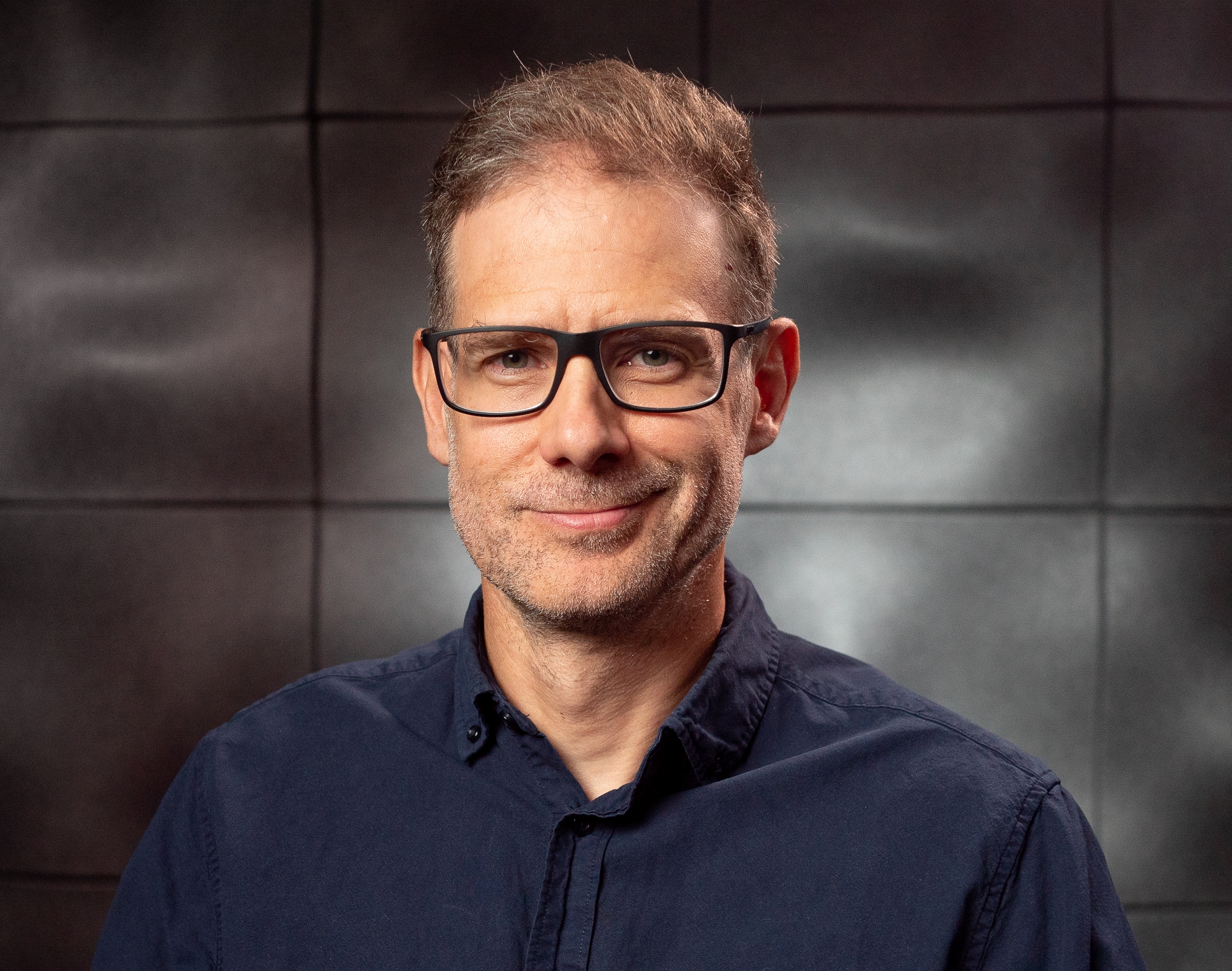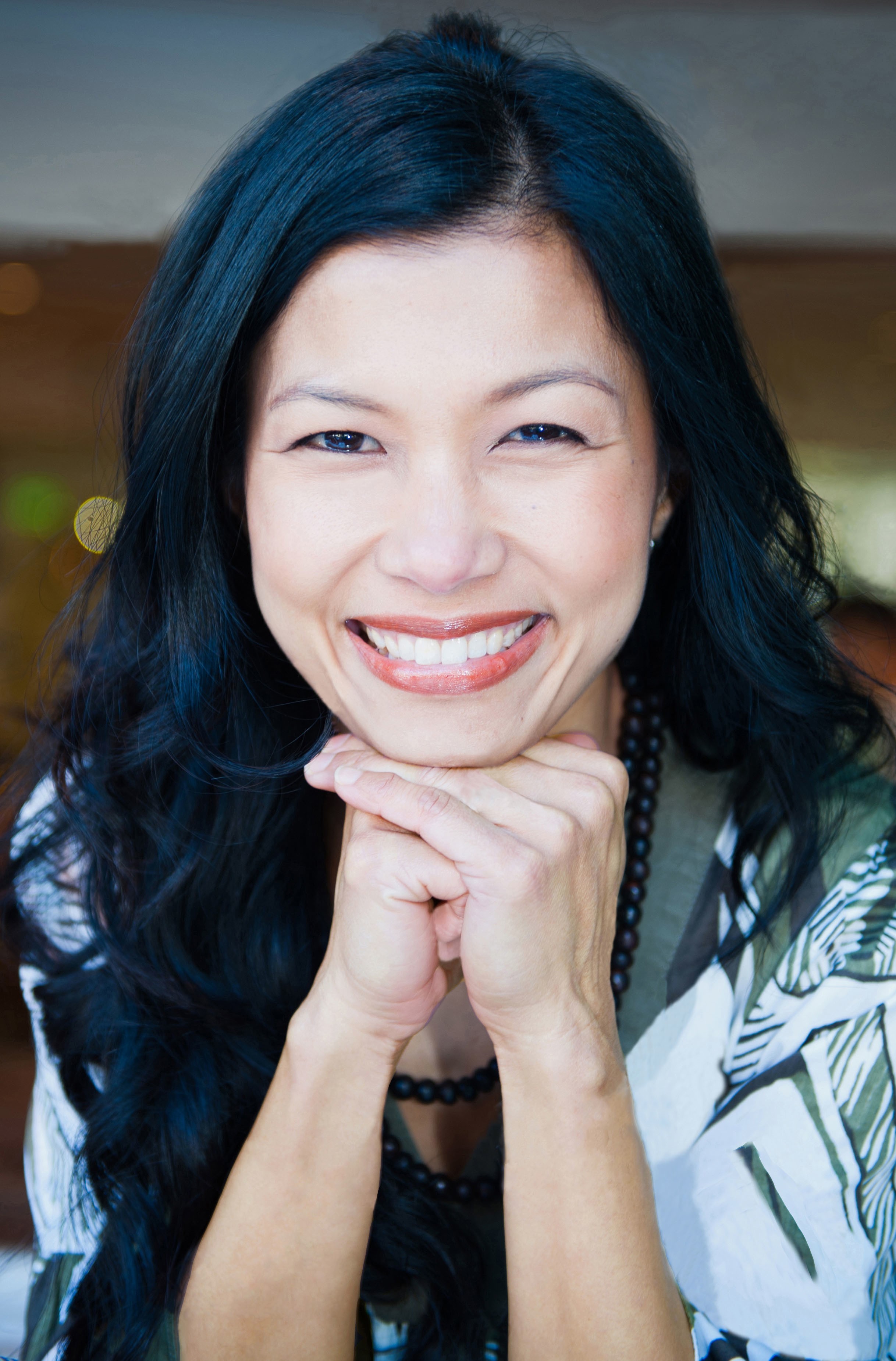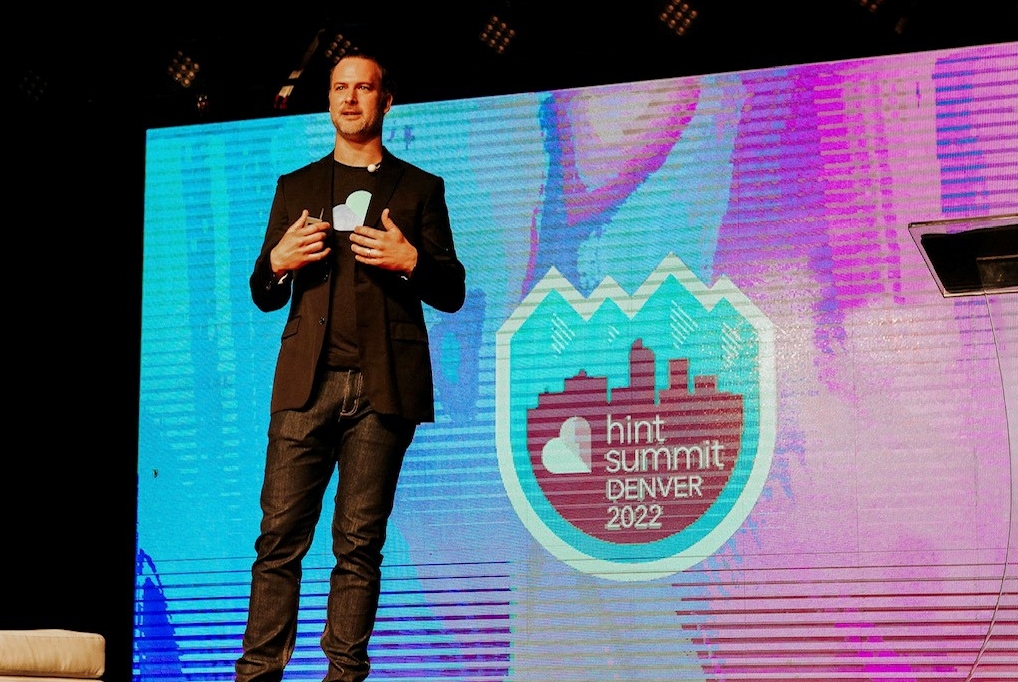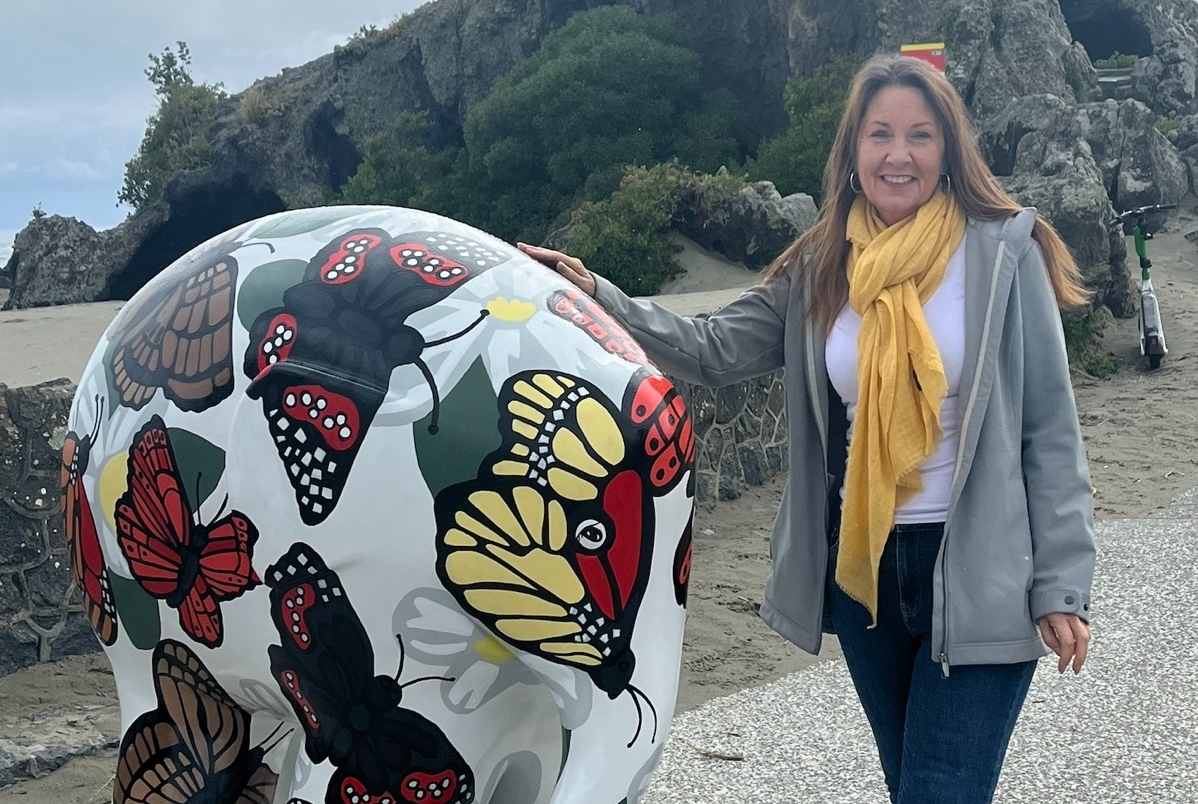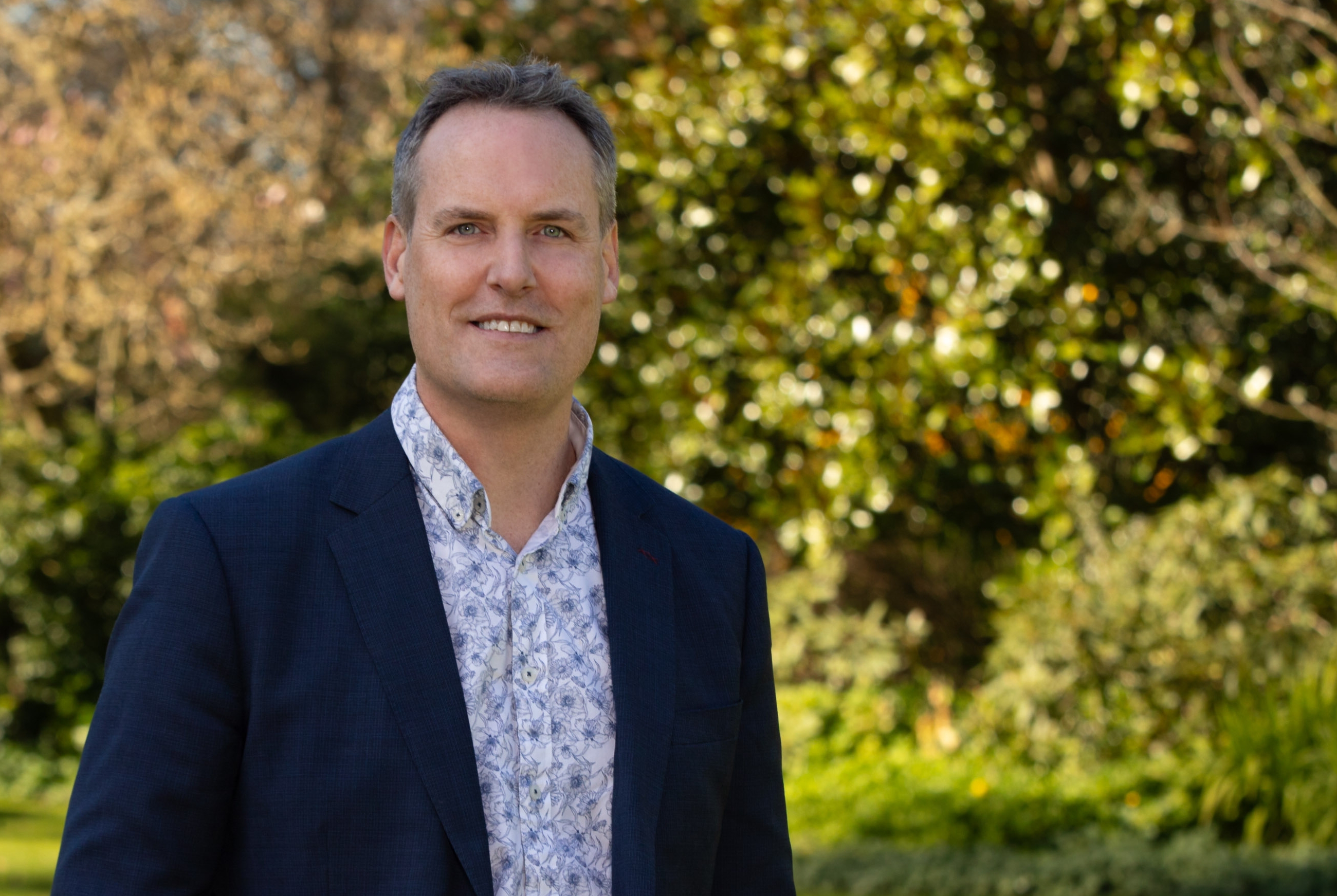Congratulations on receiving the Charles Fleming Publishing Award from the Royal Society Te Apārangi for your next book! Tell us a little bit about what this book will entail.
Thanks! It’s such an honour to have the Royal Society Te Apārangi’s support.
My next book is the third in a loose series about engineering heritage across the different regions of New Zealand. This time I explore the places, people and stories of Coastal and Central Otago – from Oamaru south to Balclutha and inland as far as Queenstown (excluding Dunedin, which is covered in my second book).
It’s an absolutely fascinating part of the country with a uniquely rich cache of technically-based stories. Many relate to the gold-rush years, of course, and Otago’s preeminent place back then in our national economic heritage. But other stories are more recent – like the region’s numerous dams and bridges, and the iconic gondola at Queenstown.
This isn’t the first book you’ve written, your ‘Take Me With You’ series also explores Whanganui and Dunedin. What led to your decision to write about these places?
I began writing seriously after I lost my job when our youngest child was due in 2004. I’ve always been fascinated by how things work, and I began writing about engineering because I could see that while engineers do important work in and for our communities, they’re often not so good at telling others about it.
My first book evolved from newspaper articles – writing the stories behind local features in the landscape. It took me a while to figure out how to put a book together – I had wonderful support from the editor at Canterbury University Press, and from the people at Dunedin’s Robert Lord Cottage Residency who took a chance on me when I was just starting out.
In the end, my time in Dunedin provided the breakthrough – being able to write without interruption. I finished my Whanganui book in Dunedin, and I also was able to focus on researching and beginning to write the next ones.
What was it that initially inspired you to become a ‘technical storyteller’?
I’ve always been a writer, and I’ve always been interested in ideas and technology and innovation. They’re not a combination of skills and interests that has been easy to weave into a career. We tend to silo sciences and arts into quite separate fields of enquiry, but in my view we shouldn’t. We often miss out on the greater good that comes from connecting disparate parts of human endeavour.
If we go back far enough, you find that the best minds were engaged with both of these interests – Leonardo da Vinci is a classic example, but there are many others. They used to be called polymaths. Even here in New Zealand in the early days, many of our engineers designed technical solutions that were beautiful as much as they were practical. The iconic, vernacular Daniel O’Connell Bridge near Ophir in Central Otago is just one example.
How do you juggle writing with your career and raising a family?
It hasn’t been easy! But I’ve learnt over time that you have to integrate what you want to do with what you have to do, not wait until the hypothetical perfect time to begin. Often it’s not until you take the first step that doors open. For example, everyone used to think you had to go to Hollywood to make it in the movie industry – but look what Peter Jackson’s done. He’s gotten so good that Hollywood now comes to him. So, focus on your own path and don’t worry about the so-called right way of doing things.
With my writing, my process is simply to try to touch on it in some way most days. That doesn’t necessarily have to be actual writing. Just keeping your hand in counts, especially when life is on max – you know, the kids need your attention, you’re juggling a job, your mother’s sick … When life’s like that I focus on the living of it. You’ve got to feel the feels to be able to write well, after all. Living with your eyes wide open is an essential part of any creative process.
Any fond memories of your time here at UC?
The world has changed a great deal since I was at university. Even the Christchurch I knew as a student has gone because of the earthquakes – such a strange feeling now when I visit the city. But there are still some familiar places, like the funky Antigua Boat Sheds, the fabulous Ilam Gardens, Bush Inn and Church Corner.
I tend to think of the city in layers. There’s the city I remember visiting a couple of times before I lived there. Then there’s the city I knew as a student – Il Felice with its divine home-made pasta, Strawberry Fare’s infamous Death by Chocolate. The Soho Bar, the Vines. There were numerous movie theatres around Cathedral Square and an arthouse one in Worcester Street …, some showing the occasional red-eye special of cult classic flicks. A highlight was visiting the Arts Centre before it was flashed up – the ethnic food stalls, the candle shop, the treasure troves in the prefabs out front.
What advice would you give to a new student starting at UC?
Be excited about stepping into the world of opportunity that university offers, and enjoy the challenges and privileges that come as an integral part of that package.
It might be the best chance you get to explore new ideas, challenge your preconceptions, meet new people (some you’ll love, some you might not like so much – or at all!). Be open to whatever life throws at you, not too fixed on what you think will be your path. The best things in hindsight are often the smallest things at the time, things you barely notice in the moment. Just embrace it all!


